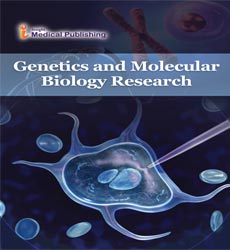Tissue-specific regulation of BMP signaling by Drosophila N-glycanase
Abstract
NGLY1 (N-glycanase 1) encodes an evolutionarily conserved enzyme that catalyzes the cleavage of N-glycan’s From glycoproteins. Mutations in human NGLY1 cause a rare congenital disorder with severe developmental Delay, delayed bone age and osteopenia, gastrointestinal dysfunction, small hands/feet and absent tears However The mechanism by which NGLY1 deficiency causes the above-mentioned clinical phenotypes is not known, and Neither has NGLY1 been linked to any major developmental signaling pathway. Here we show that Drosophila Pngl encodes an N-glycan’s and exhibits a high degree of functional conservation with human NGLY1. Loss of Pngl results in developmental midget defects reminiscent of midget-specific loss of BMP signalingTissuespecificknock-down and rescue experiments indicate that Pngl is primarily required in the mesoderm during Drosophila development. The enzymatic activity of Pngl is essential for BMP autoregulation in the visceral mesoderm mediated by Dpp as ligand and Tkv as receptor. Genetic and phenotypic analyses indicate that loss of BMP signaling in Pngl mutant midguts results from a requirement for Dpp homodimers in this tissue, suggesting that the heterodimer form of Dpp with Gbb, the other fly BMP ligand, is not affected. Indeed, biochemical data show that loss of Pngl results in a severe decrease in the level of Dpp homodimers, suggesting a role of Pngl for Dpp homodimer formation and/or stability.summarized.
Open Access Journals
- Aquaculture & Veterinary Science
- Chemistry & Chemical Sciences
- Clinical Sciences
- Engineering
- General Science
- Genetics & Molecular Biology
- Health Care & Nursing
- Immunology & Microbiology
- Materials Science
- Mathematics & Physics
- Medical Sciences
- Neurology & Psychiatry
- Oncology & Cancer Science
- Pharmaceutical Sciences
